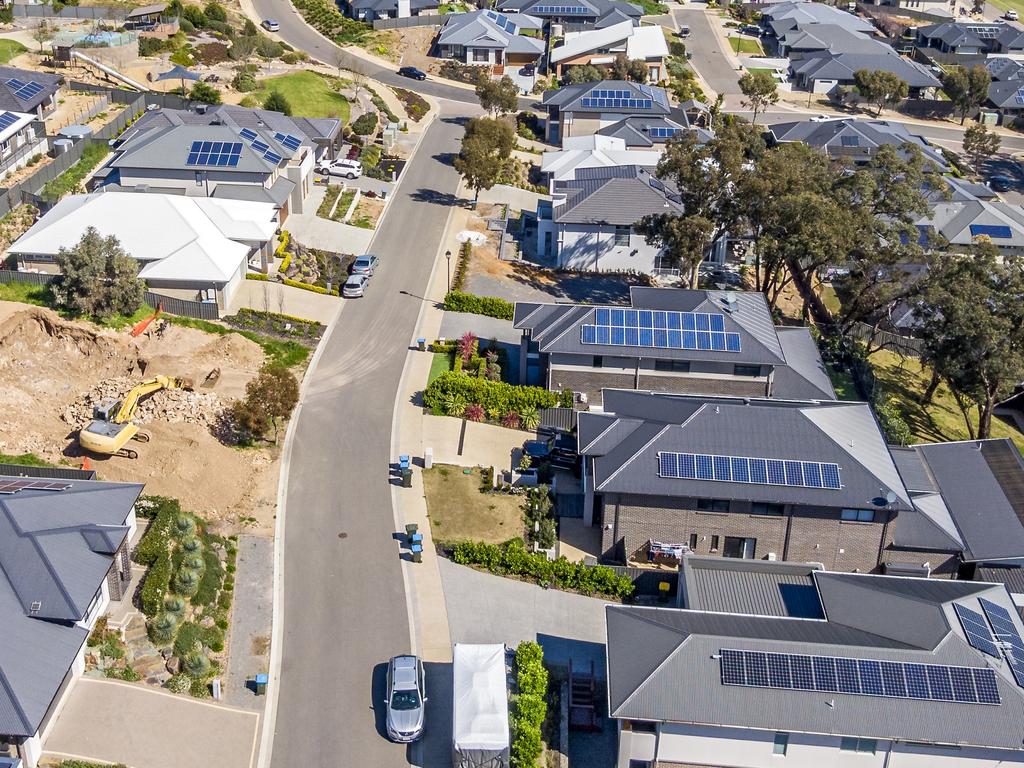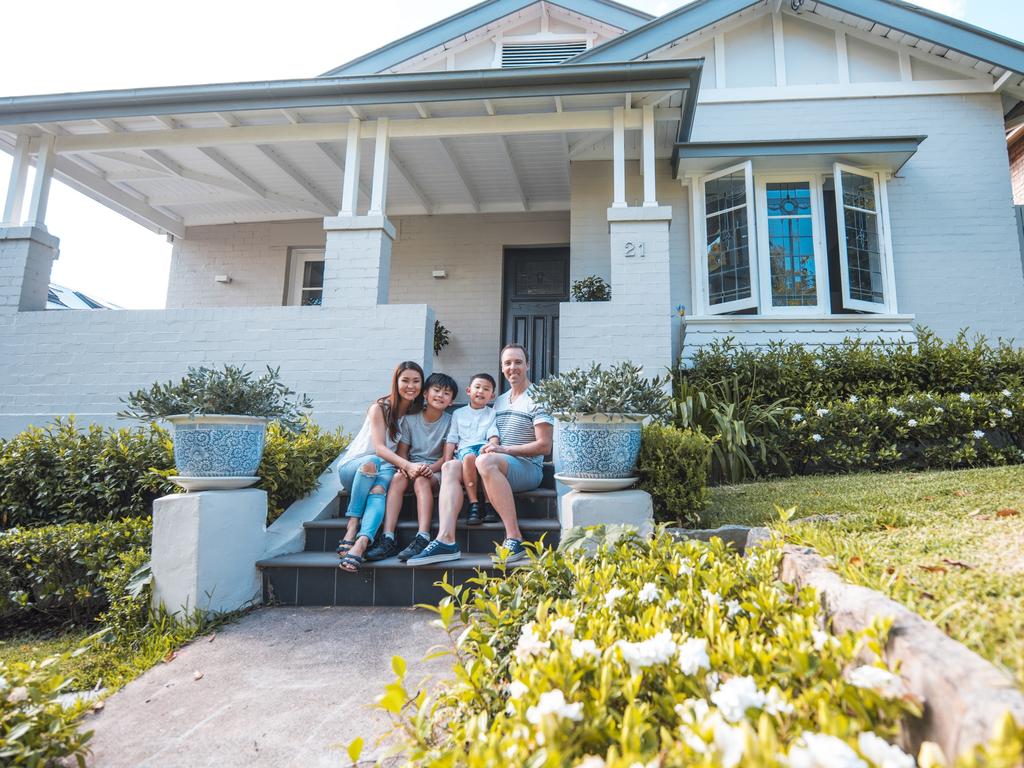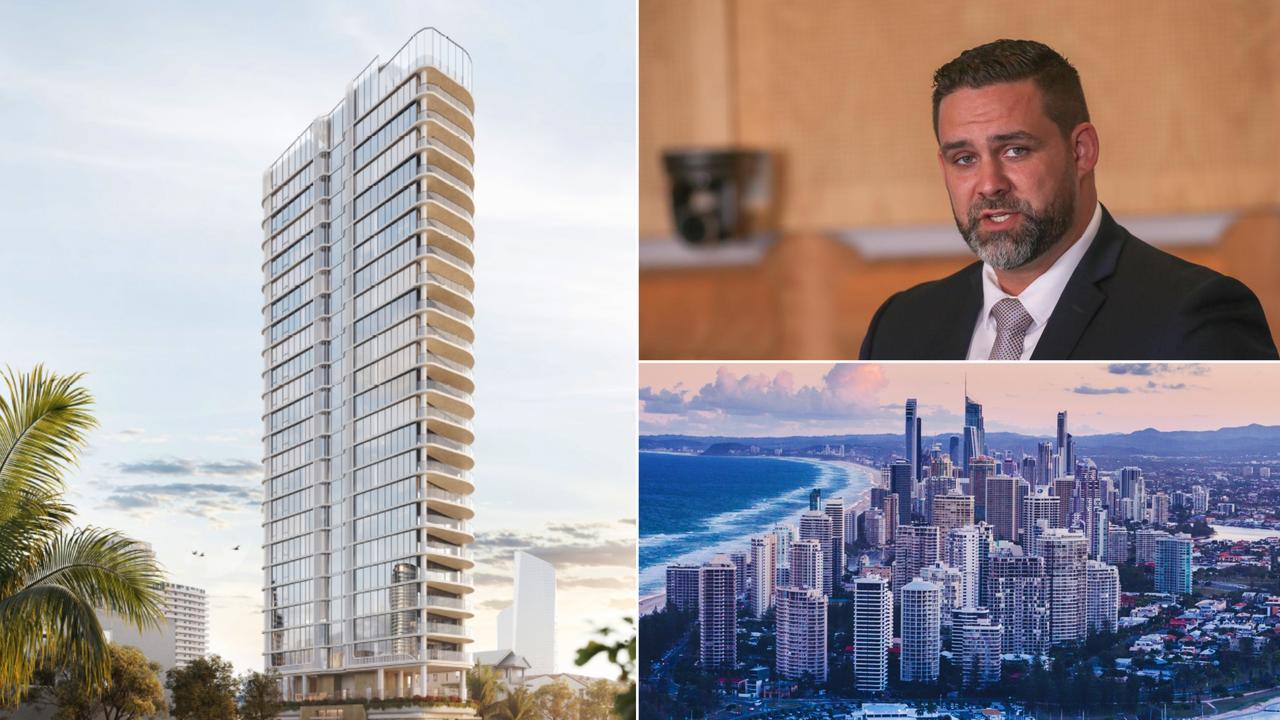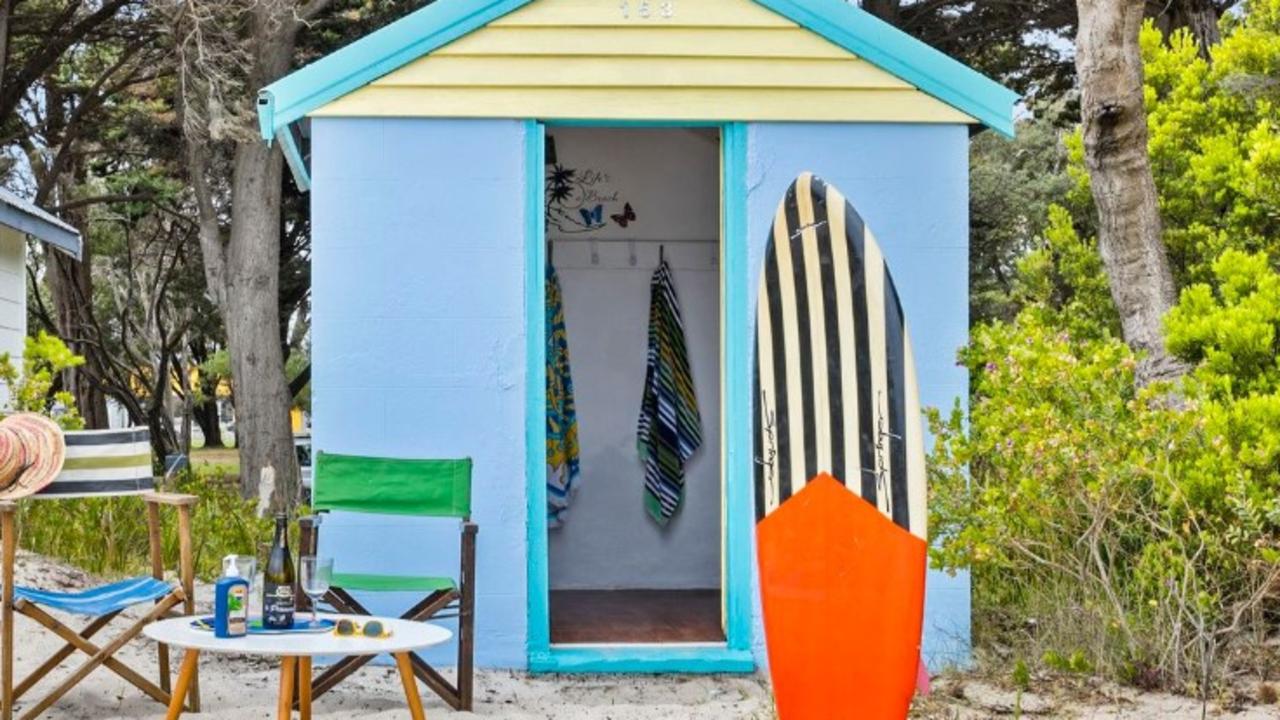Buyer Beware! These SA ‘burbs are ‘no-go zones’ for home buyers
The No Go Zones report is out – issuing a ‘buyer beware’ for homes in certain suburbs. See which Adelaide ones made the list.
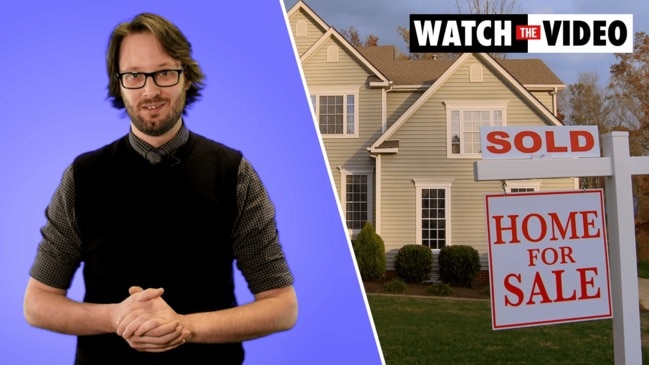
Property
Don't miss out on the headlines from Property. Followed categories will be added to My News.
Some of South Australia’s most sought after suburbs have appeared on a property industry blacklist of markets investors have been warned to avoid due to a higher risk of coming price falls.
The annual No Go Zones report by national investment advisory group Positive Property – based on analysis of several economic metrics and housing market indicators across nearly 15,000 Australian suburbs, along with council and building data – revealed 111 suburbs across the country and declared them “no-go zones” for buyers.
Normally dominated by mining towns and lightly populated rural centres, the report was unusual this year in that it included predominantly suburbs in capitals and major regional centres.
Report author George Markoski, a buyer’s agent and investor, said suburbs flagged in the research were the “bottom markets” for investors.
“If you buy in a no-go zone, you could lose money,” he said.
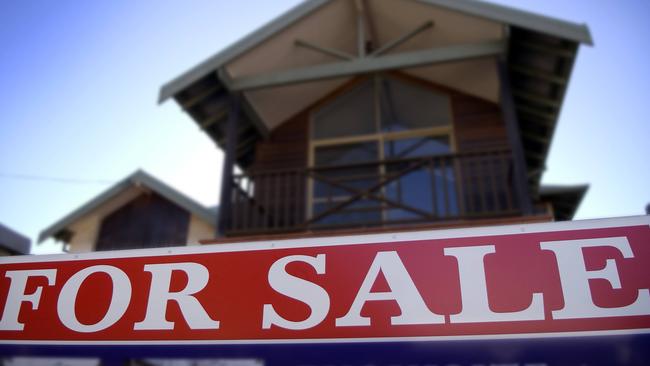
Mr Markoski said Adelaide remained a strong market for investors, but there were some suburbs that were overpriced relative to their neighbours, and some of these higher prices couldn’t be sustained.
In SA, six suburbs made the list. The highest ranked of these was the cosmopolitan city fringe hotspot of Norwood at 25, followed by the western beachside locale Glenelg in 42nd place, Para Hills West in the north which ranked 43rd, Bowden on the northwestern fringe which came in at 55, North Adelaide in 69th place, and Evanston Park which ranked 98th.
“The problem right now is that some of the nearby suburbs are now dirt cheap in comparison,” Mr Markoski said.
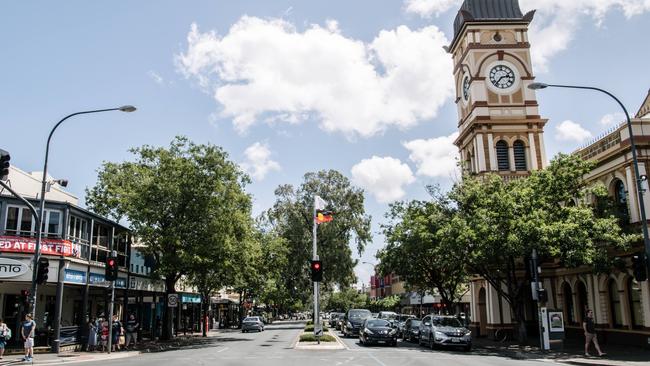
“The other problem, which you see in places like North Adelaide, is that because they are so popular they are prime markets for developers and you get oversupply.”
Mr Markoski said a common national theme among the markets on the no-go zones list was a higher supply of housing at a time when buyer demand was diminishing.
Many of these areas had also seen considerable growth in recent years, which market indicators suggested was not likely to continue and, in some cases, a “price correction” was on the cards, he said.
Mr Markoski clarified that being a no-go zone did not necessarily make these markets poor locations to live.
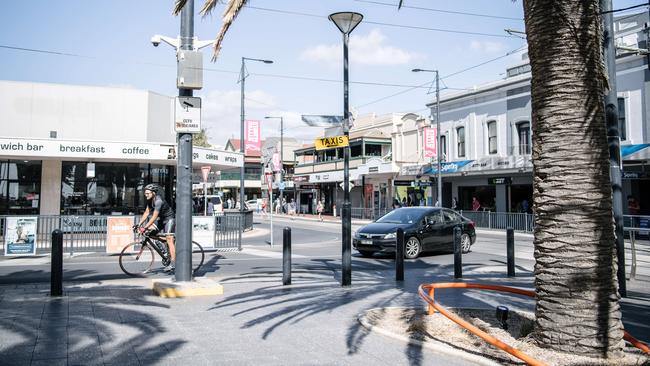
Real Estate Institute of South Australia chief executive officer Andrea Heading said the list should be taken with a pinch of salt.
“The majority of buyers own them for many years, so what a property does in a short period of time doesn’t really impact them because they’ll see that growth eventually,” she said.
“There is still strong demand and limited supply in these SA suburbs and they’re still selling within a short space of time.
“Anything in the inner-city area, these areas are hugely attractive for tenants and I would expect a strong return in these areas.”
Ms Heading said most of these areas, particularly those near the city, while potentially not tipped for strong value-growth in the short term, should expect high demand from overseas students and skilled migrants as SA grows in the coming years.

